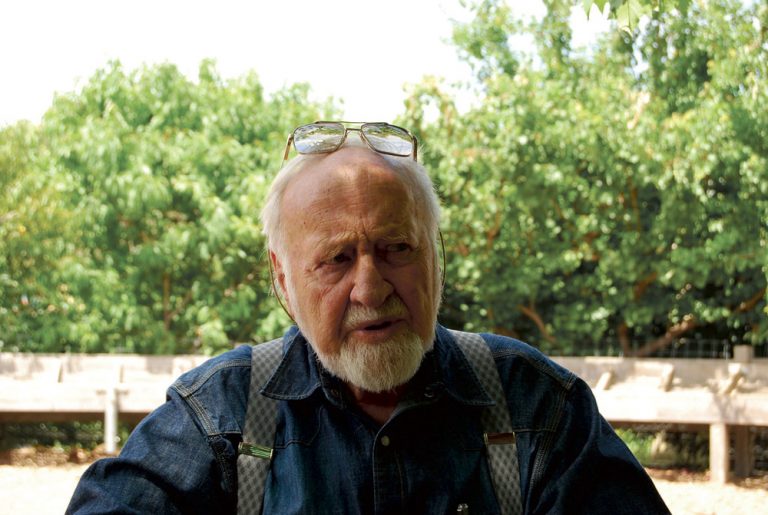
Nadean Hurtado
Some believe the world is dying, slowly losing its limbs. Those at the University of California, Santa Barbara and around the world are trying to figure out ways to keep Earth sustainable to our comfort. A key figure in this fight was Bill Mollison, who passed away on Sep. 24 at the age of 88.
Mollison, born in Tasmania, was forced to leave school and work in his family’s bakery at the age of fourteen after his father’s death. From that point he worked a series of odd jobs, such as a mill worker and a shark fisherman.
It was not until his late 20s, when he joined the Wildlife Survey Section of the CSIRO, that he began to notice how parts of the environment were disappearing. It was during this time with the CSIRO that the foundation for what would later be known as permaculture began forming in his head.
At 38, he entered the University of Tasmania, receiving a degree in biogeography and staying at the university to teach until 1979. During these years of teaching, he and his student, David Holmgren, began to establish a revolutionary food production system, later to be known as permaculture.
Permaculture is the development of self-sufficient agricultural ecosystems that work with nature rather than against it. Mollison’s technique of using multiple plant varieties actually allow a pair of crops to flourish rather than either one on its own.
Combining both new age technologies with older cultural practices, the permaculture agricultural system creates self-sustaining crops. For its deviance from the mainstream industrial agriculture system of monoculture, it was initially met with much skepticism.
Deciding to spread permaculture, Mollison resigned from teaching in 1979 and began imparting the idea of permaculture in two-week, hands-on courses. Eventually his pupils began to teach their own lectures on the subject. Within ten years, permaculture had spread across five continents and even today, Mollison’s ideas continue to be implemented globally.
Even here at UCSB, permaculture has influenced much of the school and community around it. According to the UCSB family Student Housing Gardens website, a muddled design in the layout of their gardens is encouraged because, “the natural world thrives on things that look inherently disordered but come together to create beautiful symmetries.”
Mollison’s teachings have inspired other clubs and gardens such as the A.S. Department of Public Worms, who reuses our campus’ waste to grow more food. The Isla Vista Community Gardens, which allows students to grow their own food in a sustainable way, is also an example of how pieces of permaculture can be used to create better food for the communities.
Mollison taught the world invaluable information about how to live within one’s means. It may have been the end for his physical life, but he will forever be a part of the botanical world.
Mollison’s work can be seen through recycling, environmentalism, and even the gardens seen in backyards. He contributed significantly to creating a sustainable world for all of us. It is true that, as he said, “The greatest change we need to make is from consumption to production, even if on a small scale, in our own gardens. If only 10% of us do this, there is enough for everyone.” The future of feeding our world is through sustainable food, and few knew that better than Mollison.










